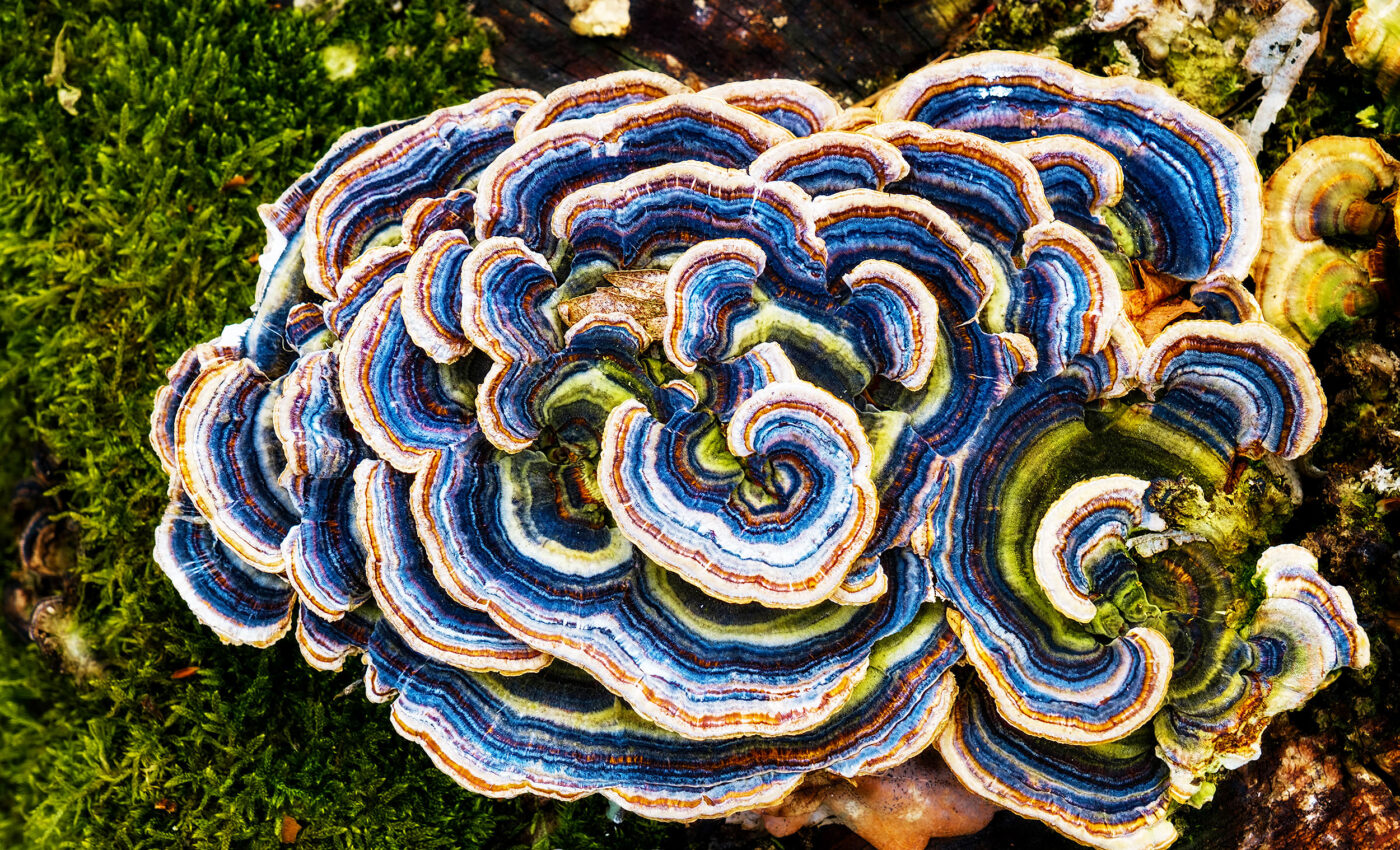
Microbial awakening: Arctic food webs are transforming from green to brown
A new study led by the USDA Forest Service has revealed a significant shift in the Arctic and boreal ecosystems.
As permafrost thaws in high-latitude regions like Alaska, a microbial awakening is restructuring food webs, pushing fungi to the forefront as a primary energy source for local fauna.
This shift highlights the profound impacts of warming climates on terrestrial ecosystems.
Climate change hotspot
Alaska, known for its sprawling 113 million-acre interior, is witnessing some of the world’s most rapid warming. The thawing of permafrost in this region is not just releasing vast amounts of carbon into the atmosphere, exacerbating global warming, but is also kickstarting a significant decay process.
This decay infuses both above- and below-ground food webs with carbon, dramatically altering the energy flow and affecting the species reliant on these systems.
Philip Manlick, a research wildlife biologist with the USDA Forest Service Pacific Northwest Research Station, along with his team from the University of New Mexico and the University of Texas at Austin, explored this phenomenon. The focus was on four Arctic and boreal forest animals, including the tundra vole.
The core of the study involved a novel technique: analyzing carbon isotope “fingerprints” in essential amino acids produced only by plants, bacteria, and fungi. These biomarkers allowed researchers to trace how carbon moved between “green” plant-supported and “brown” microbe-driven food webs.
“Understanding how energy moves through food webs helps us understand how ecosystems function and how animals might respond to stressors like climate change,” said Manlick.
“In Arctic and boreal ecosystems, it’s well known that the climate is warming, permafrost is melting, and microbes are flourishing. But we know very little about the impacts of this process on terrestrial food webs and the animals they support.”
Long-term observations
The study’s analysis included bone collagen from museum specimens of tundra and red-backed voles and masked shrews, as well as Arctic wolf spiders from different warming scenarios.
“Scientists often argue about the importance of animals to ecosystem processes like carbon cycling, but when they eat resources from different food webs, they move carbon between storage pools,” said Manlick.
“In the future, we think this tool can be used to trace the fate of carbon through food webs to understand the functional roles of animals in ecosystem functions, like nutrient cycling.”
The team observed a significant shift from plant-based to fungal-based food webs. For example, shrews assimilated up to 90 percent of their carbon intake from fungal sources, marking a more than 40-percent increase compared to historical specimens.
Implications of a shifting diet
The shift to fungal-based food sources among these animals is believed to stem from increased decomposition, fueled by warming climates.
This decomposition feeds fungi, which are then consumed by various small animals, transferring brown carbon up the food web.
Arctic wolf spiders were also found to shift from plant-based to fungal-based food webs as the main source of their energy, assimilating more than 50 percent brown carbon under warming conditions, compared to 26 percent at control sites.
“Our study presents clear evidence that climate warming alters carbon flow and food web dynamics among aboveground consumers in Arctic tundra and boreal forest ecosystems – across species, ecosystems, and long- and short-term warming scenarios,” explained Manlick.
“And we show that these changes are the consequence of a change from predominantly green, plant-based food webs to brown, microbe-based food webs.”
Trophic pathways
The scientists suspect brown carbon is being transferred to aboveground consumers, like the mammals and spiders, in a series of predation events known as trophic pathways.
Increased warming results in increased decomposition in both permafrost on the tundra and in boreal forests.
Fungi feed on this decomposing plant matter and are, in turn, consumed by arthropods, mites, and earthworms that transfer the fungal carbon upward in the food web where they are consumed by the voles, shrews, and spiders, noted the researchers.
“Climate warming significantly alters the flow of energy through food webs, such that animals who were historically supported by plant-based food webs are now supported by fungal-based food webs derived from belowground decomposition,” said Manlick.
Broader ecological impact
The findings not only highlight the crucial role animals play in linking green and brown food webs, but also how climate change is modifying these links.
These alterations could have far-reaching implications for nutrient cycling and ecosystem functionality.
For instance, the dietary shift in voles towards more subterranean sources may result in reduced plant consumption, potentially increasing carbon storage in aboveground ecosystems.
This challenges the prevailing notion of “Arctic greening” and suggests a trend towards “browning” of food webs.
Study implications
With these insights, Manlick and his team plan to delve deeper into the contrasting patterns observed in plants and animals and their implications for the future of these rapidly evolving ecosystems.
The study not only opens a new window into understanding the complex dynamics of high-latitude food webs but also underscores the urgent need to comprehend and mitigate the impacts of climate change.
The study is published in the journal Nature Climate Change.
Like what you read? Subscribe to our newsletter for engaging articles, exclusive content, and the latest updates.
—-
Check us out on EarthSnap, a free app brought to you by Eric Ralls and Earth.com.













